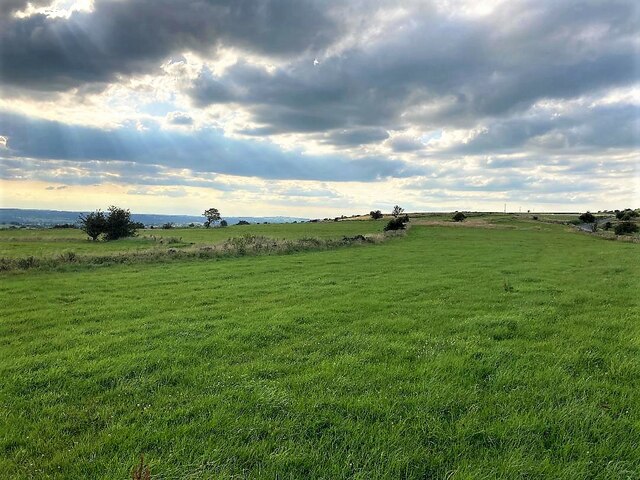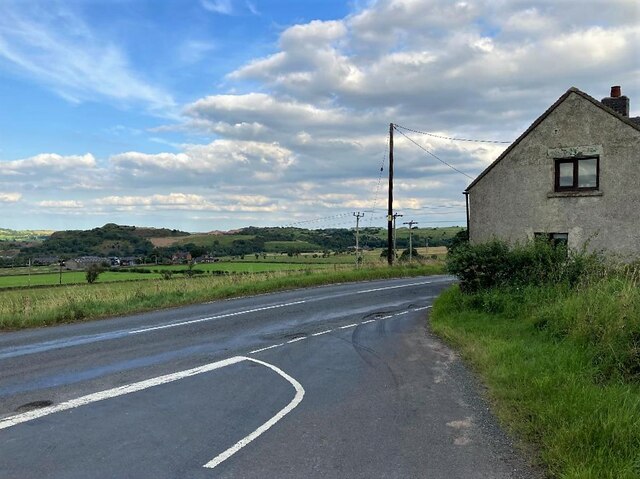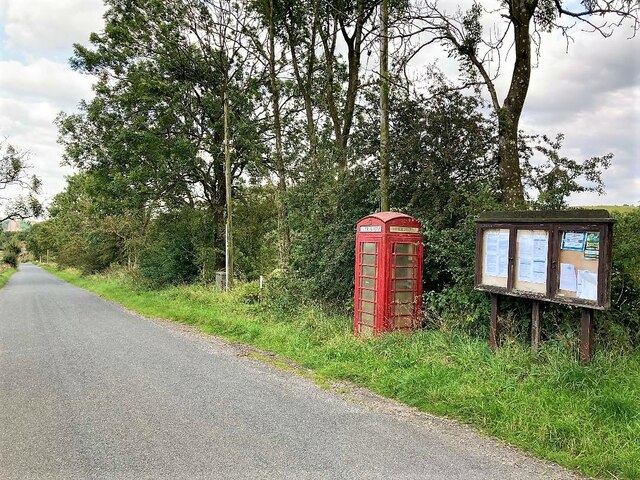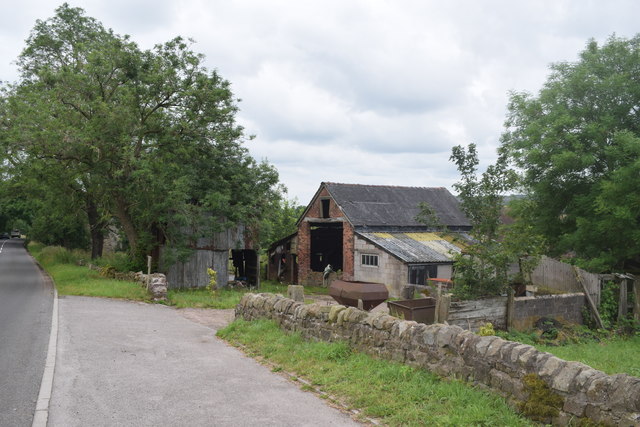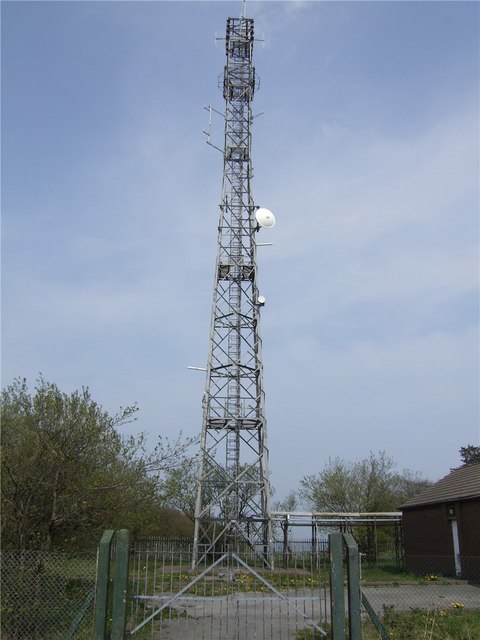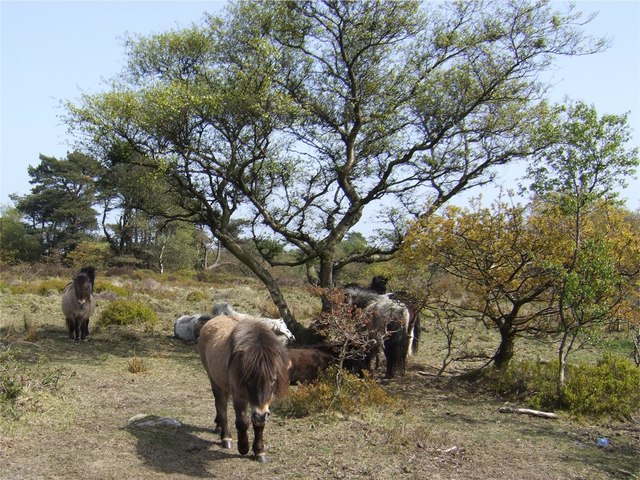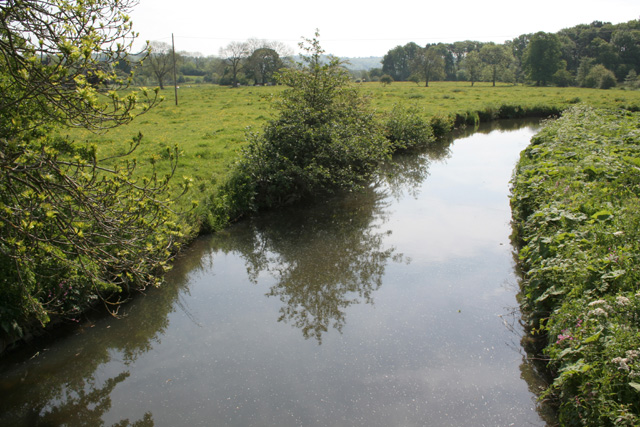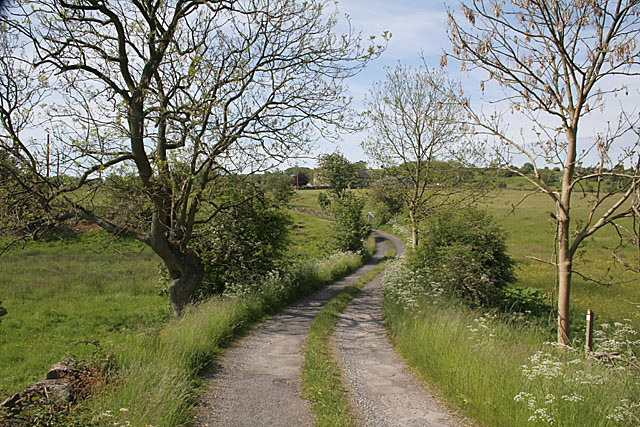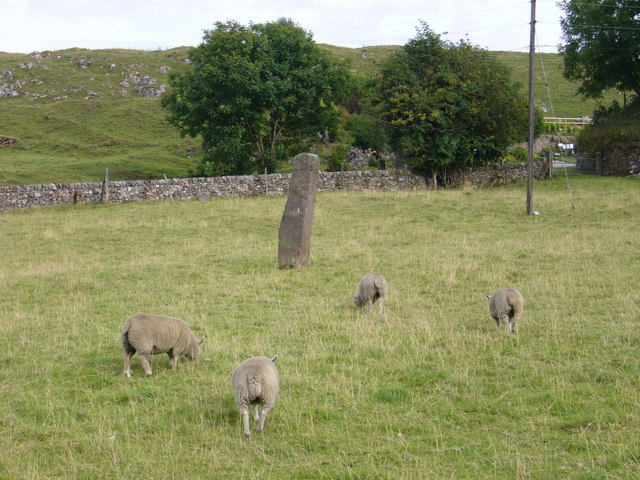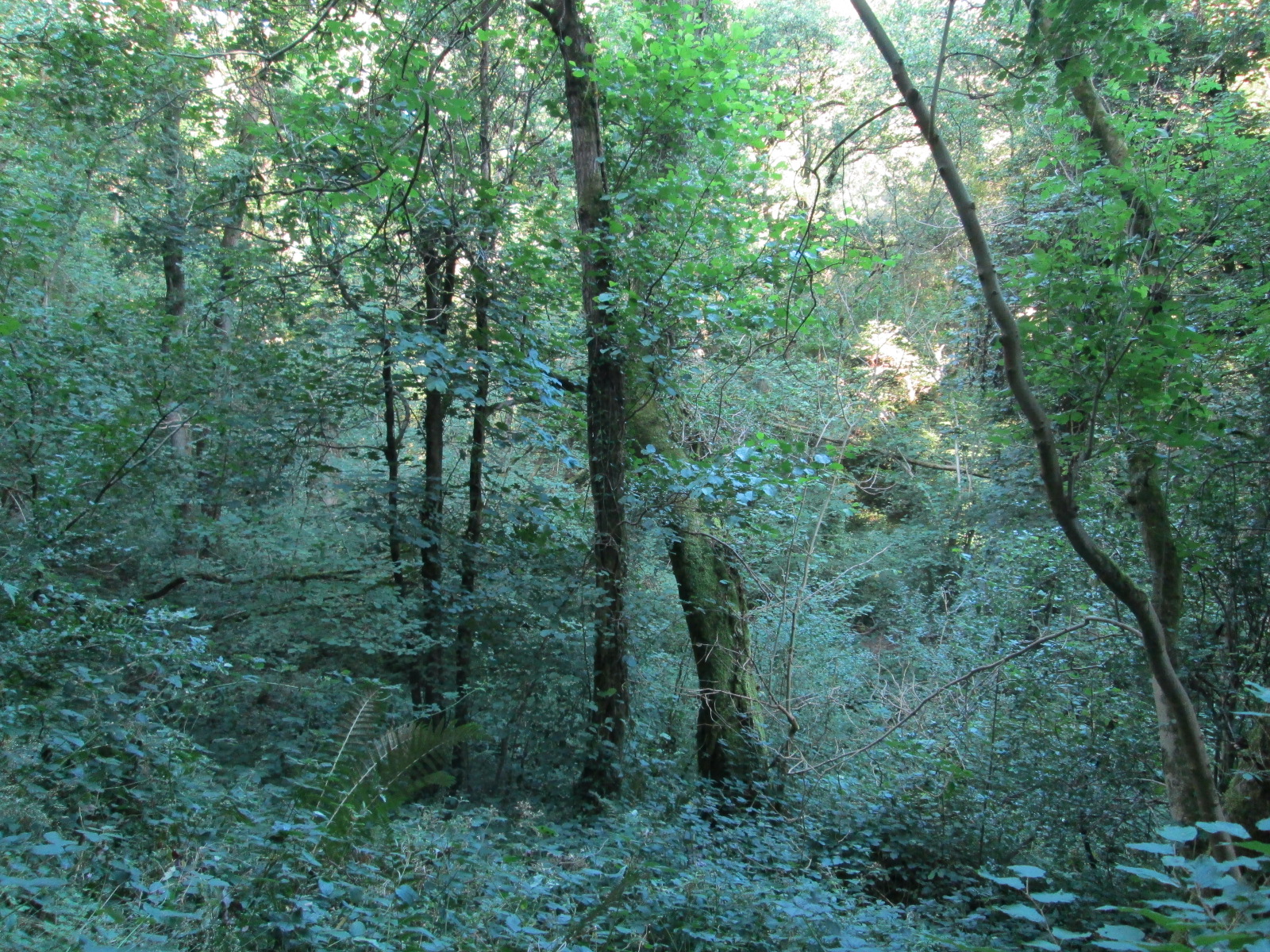Cotton
Civil Parish in Staffordshire Staffordshire Moorlands
England
Cotton
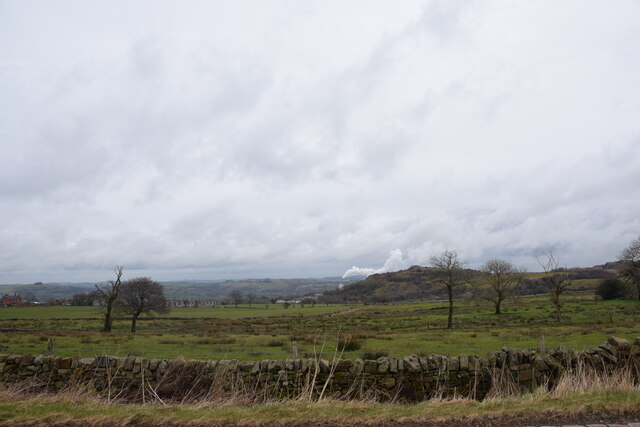
Cotton is a civil parish located in the county of Staffordshire, England. It is situated approximately 7 miles east of Stafford, the county town, and lies within the Staffordshire Moorlands district. The parish covers an area of around 2 square miles and is predominantly rural in nature.
Cotton is a small village with a population of around 200 residents. It is surrounded by picturesque countryside, with rolling hills and farmland that contribute to the area's scenic beauty. The village is characterized by its charming historic buildings, many of which date back several centuries.
The centerpiece of Cotton is the Church of St. John the Baptist, a Grade II listed building that dates back to the 13th century. This beautiful church is an important landmark in the area and attracts visitors from both near and far.
Despite its small size, Cotton has a strong sense of community, with various activities and events organized throughout the year. The village hall serves as a hub for community gatherings, hosting everything from local meetings to social events.
Cotton is well connected to the surrounding areas by road, with the A518 running nearby, providing easy access to Stafford and other nearby towns and villages. While it may lack some of the amenities found in larger settlements, Cotton offers a peaceful and close-knit community environment for its residents.
If you have any feedback on the listing, please let us know in the comments section below.
Cotton Images
Images are sourced within 2km of 53.03784/-1.914616 or Grid Reference SK0548. Thanks to Geograph Open Source API. All images are credited.

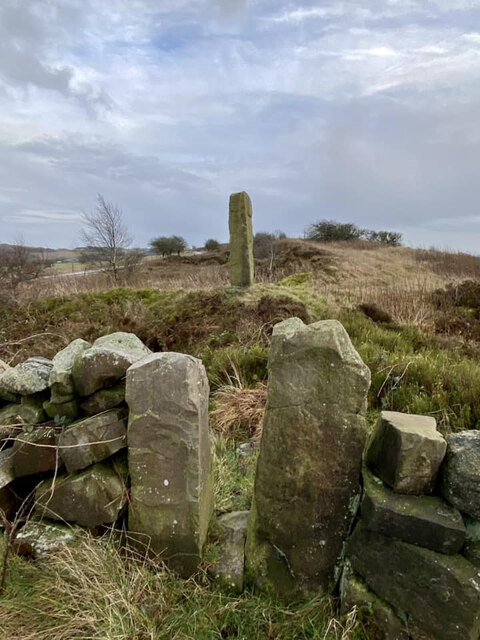
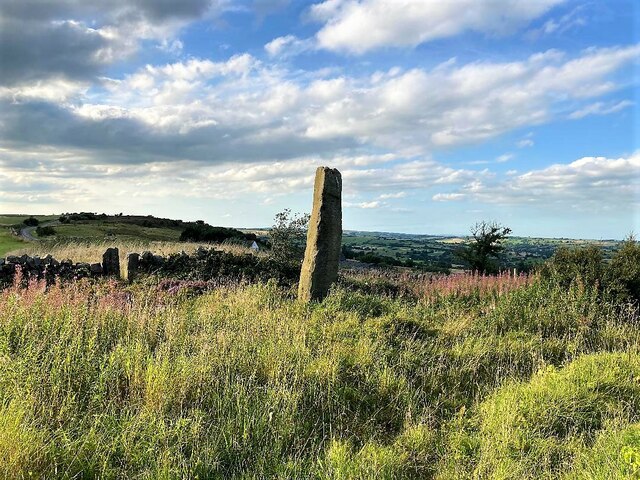



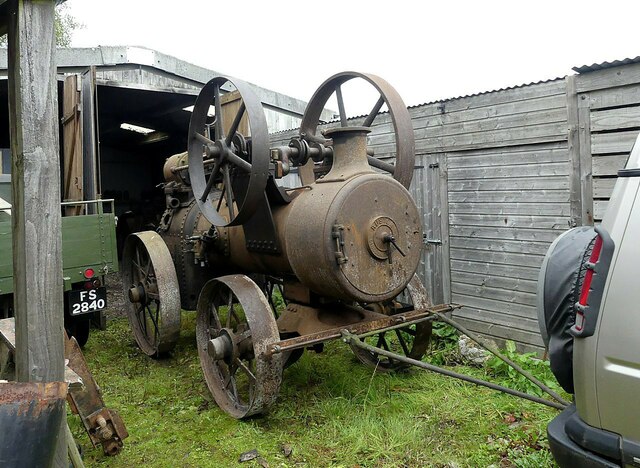
Cotton is located at Grid Ref: SK0548 (Lat: 53.03784, Lng: -1.914616)
Administrative County: Staffordshire
District: Staffordshire Moorlands
Police Authority: Staffordshire
What 3 Words
///hours.minder.easily. Near Cheadle, Staffordshire
Nearby Locations
Related Wikis
Broomyshaw
Broomyshaw is a village in Staffordshire, England. Population details for the 2011 census can be found under Waterhouses, Staffordshire
Caldon Low Halt railway station
Caldon Low Halt railway station was a railway station near the hamlet of Cauldon, Staffordshire. It was opened by the North Staffordshire Railway (NSR...
Winkhill railway station
Winkhill railway station was a railway station that served the hamlet of Winkhill, Staffordshire. It was opened by the North Staffordshire Railway (NSR...
Cauldon
Cauldon or Caldon is a village and former civil parish, 19 miles (31 km) north east of Stafford, now in the parish of Waterhouses, in the Staffordshire...
Cotton College
Cotton College was a Roman Catholic boarding school in Cotton, Staffordshire, United Kingdom. It was also known as Saint Wilfrid's College. The school...
Harston Wood
Harston Wood is a nature reserve of the Staffordshire Wildlife Trust. It is an ancient woodland, adjacent to the village of Froghall, near Cheadle, Staffordshire...
Peak Wildlife Park
Peak Wildlife Park is a zoo in central England. The nearest towns are Leek, Ashbourne and Stoke-on-Trent. The zoo was originally known as Blackbrook Zoological...
Back o'th' Brook
Back o'th' Brook is a village in Staffordshire, England. The population for the 2011 census can be found under Waterhouses
Nearby Amenities
Located within 500m of 53.03784,-1.914616Have you been to Cotton?
Leave your review of Cotton below (or comments, questions and feedback).
